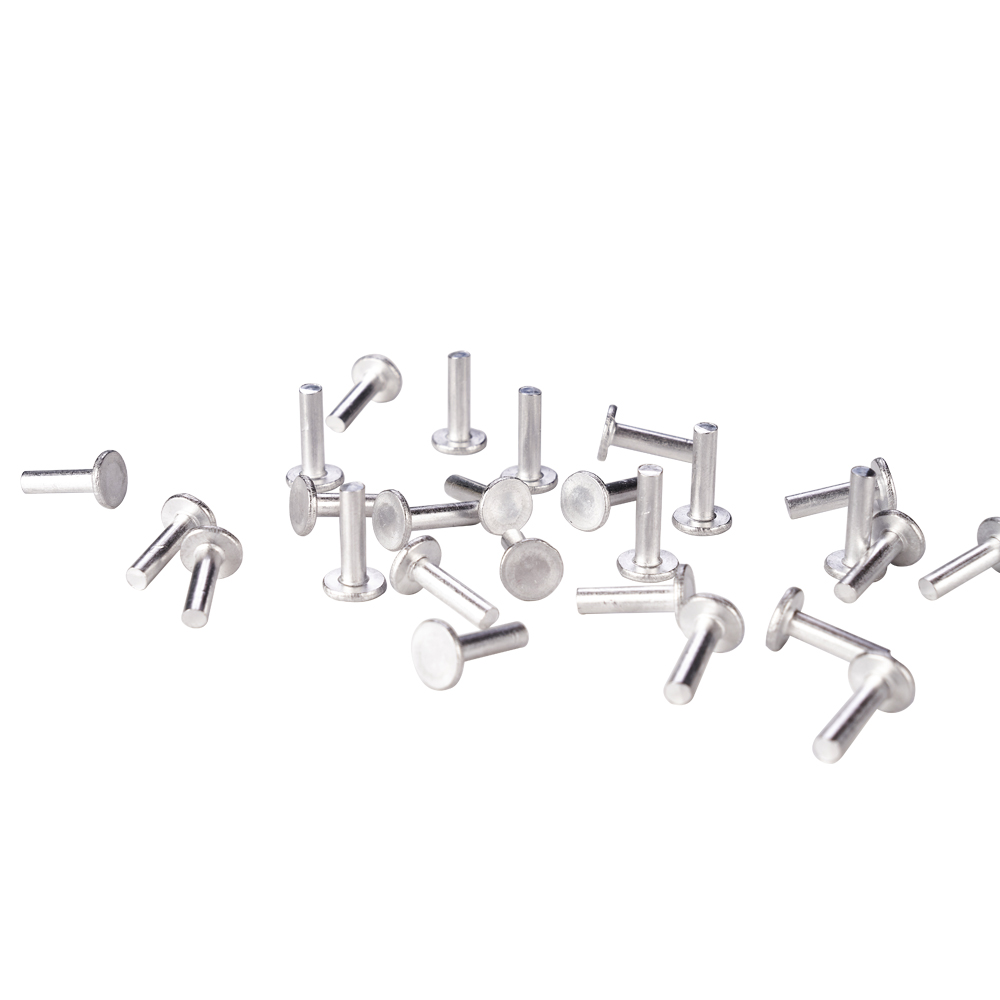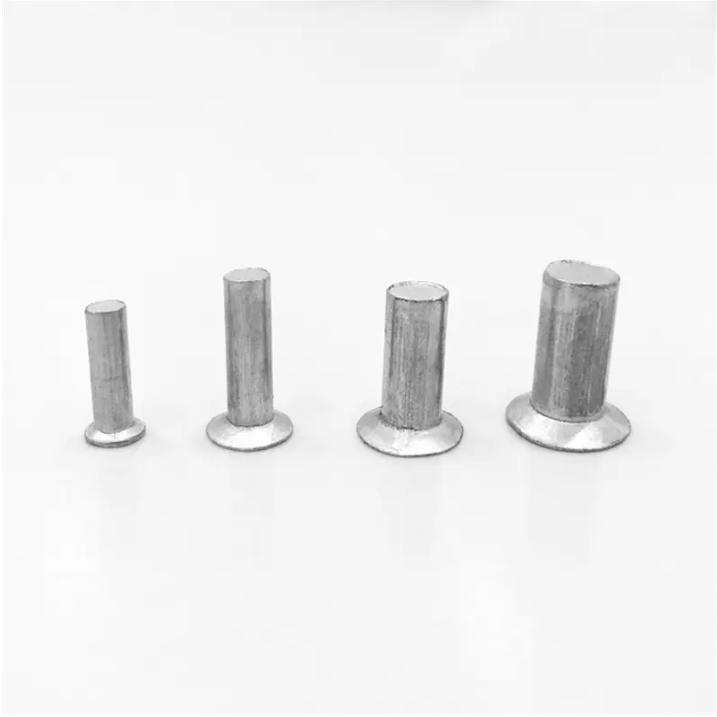Rivets with High Tensile Standard: How to Choose the Tensile Grade?
When it comes to securing materials in industries like aerospace, automotive, or construction, rivets with high tensile standards are non-negotiable. But with varying tensile grades, materials, and certifications, selecting the right rivet can feel overwhelming. This guide breaks down how to choose the optimal tensile grade for your project, ensuring strength, safety, and compliance with industry standards.
What Is Tensile Grade, and Why Does It Matter?
Tensile grade refers to a rivet’s ability to withstand axial pulling forces without breaking. High-tensile rivets are designed for critical applications where failure could lead to structural damage or safety risks. Choosing the correct grade ensures:
- Durability: Resistance to deformation under stress.
- Safety: Prevention of joint failure in high-load environments.
- Compliance: Alignment with industry standards (e.g., ISO, ASTM).
Step 1: Define Your Application Requirements
Start by evaluating your project’s specific needs:
- Load Type:
- Static Loads (e.g., bridges, machinery): Opt for mid-to-high tensile grades (e.g., ISO 898 Class 8.8).
- Dynamic Loads (e.g., vehicles, aircraft): Prioritize high-grade rivets (e.g., ASTM F468 Grade 6).
- Environmental Factors:
- Corrosion-prone settings (marine, chemical): Choose stainless steel (Grade 316) or aluminum rivets with protective coatings.
- Extreme temperatures: Titanium or nickel alloy rivets offer superior heat resistance.
- Material Compatibility:
Match the rivet material to the joined substrates to avoid galvanic corrosion (e.g., aluminum rivets for aluminum sheets).
Step 2: Understand Tensile Grade Classifications
Tensile grades are standardized by organizations like ISO and ASTM. Here’s a quick reference:
| Standard | Grade Examples | Tensile Strength (MPa) | Common Uses |
|---|---|---|---|
| ISO 898-1 | Class 8.8, 10.9 | 800–1,040 | Automotive, machinery |
| ASTM F468 | Grade 2, Grade 5 | 500–1,170 | Aerospace, structural steel |
| ASME B18.1.3 | Grade 2, Grade 5 | 500–1,170 | Heavy equipment, pipelines |
Higher grades (e.g., 10.9 or Grade 8) suit heavy-duty applications, while lower grades (e.g., 4.6 or Grade 2) work for lightweight projects.
Step 3: Prioritize Material Selection
The rivet’s material directly impacts its tensile strength and performance:
- Steel Rivets:
- Carbon Steel: Affordable, strong (Grades 5–8), but prone to rust.
- Stainless Steel: Corrosion-resistant, ideal for harsh environments (Grades 304, 316). The Stainless steel Rivets would be much higher tensile grade than Aluminum.
- Aluminum Rivets: Lightweight, moderate strength (Grades 2024, 7075), perfect for aerospace.
- Titanium Rivets: Ultra-high strength-to-weight ratio, used in critical aerospace/defense applications.
Step 4: Verify Certifications and Testing
Always choose rivets that comply with recognized standards:
- ISO 898-1: Specifies mechanical properties for steel fasteners.
- ASTM F468: Covers nonferrous rivets for general applications.
- NASM/MS Standards: Mandatory for aerospace components.
Look for third-party certifications (e.g., NADCAP, IATF 16949) to ensure quality and traceability.
Step 5: Avoid Common Mistakes
- Overlooking Shear Strength: Tensile strength isn’t the only factor—shear resistance matters for lateral loads.
- Ignoring Environmental Fit: Using carbon steel in humid environments accelerates corrosion.
- Over-Engineering: High-grade rivets add unnecessary cost/weight for non-critical uses.
FAQ: High-Tensile Rivets
Q: Can I use the same tensile grade for all materials?
A: No. Match the grade to the substrate’s strength to avoid joint failure.
Q: Do higher tensile grades always mean better performance?
A: Not necessarily—overly strong rivets can damage softer materials.
Q: How do I test a rivet’s tensile strength?
A: Use tensile testing machines or rely on certified manufacturer data.
Selecting the right tensile grade for rivets ensures structural integrity, safety, and cost efficiency. By analyzing load requirements, environmental conditions, and material compatibility—and adhering to ISO/ASTM standards—you can secure your projects with confidence.
Ready to upgrade your fastening solutions? Explore our range of high-tensile rivets, certified for precision and durability across industries.
Post time: Apr-22-2025


